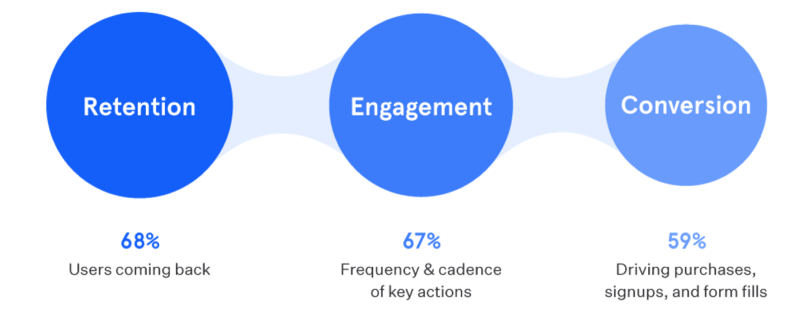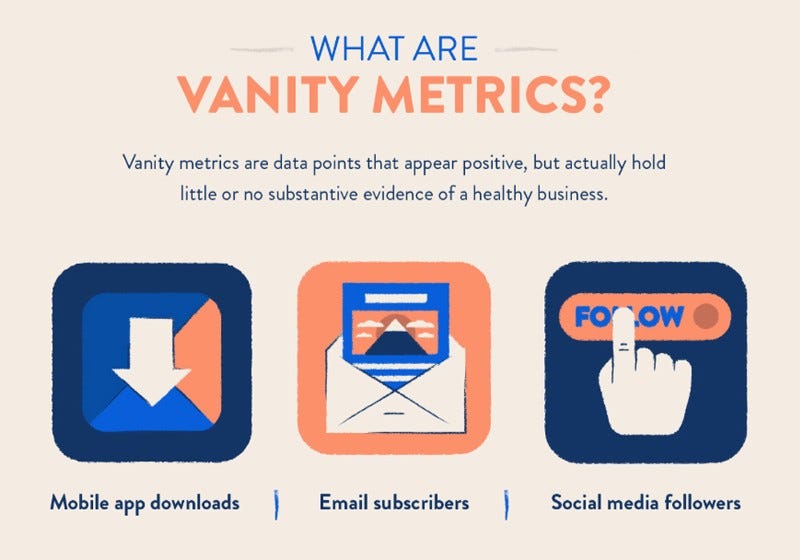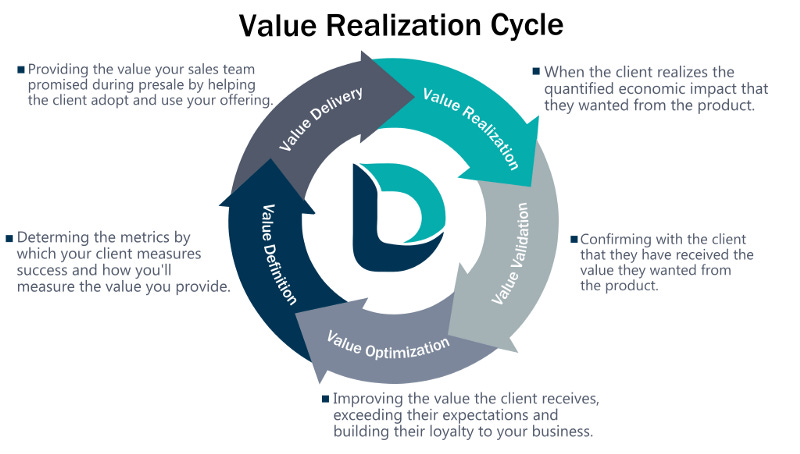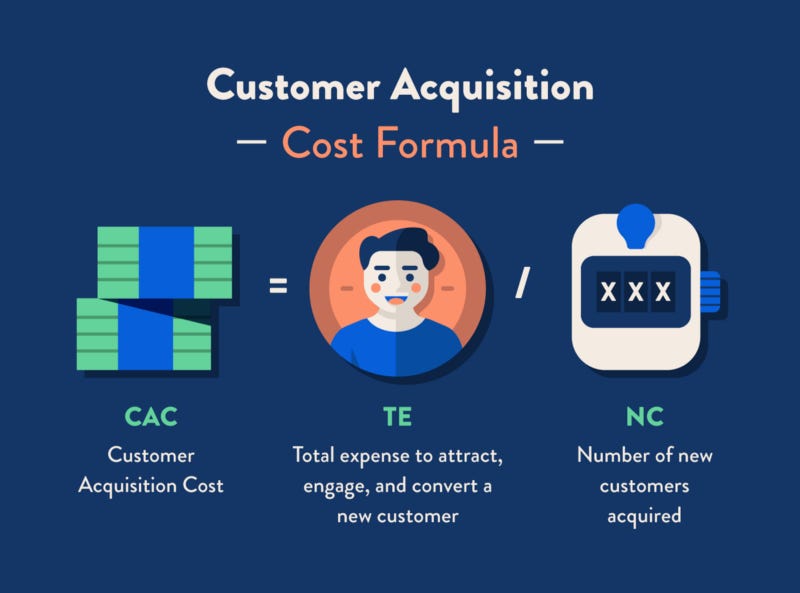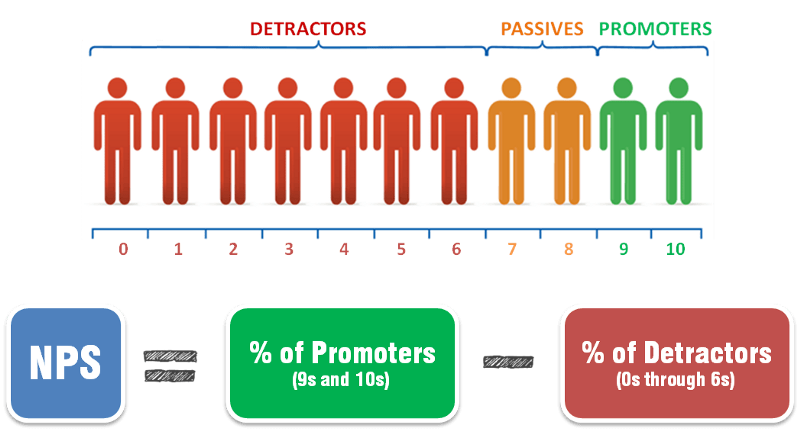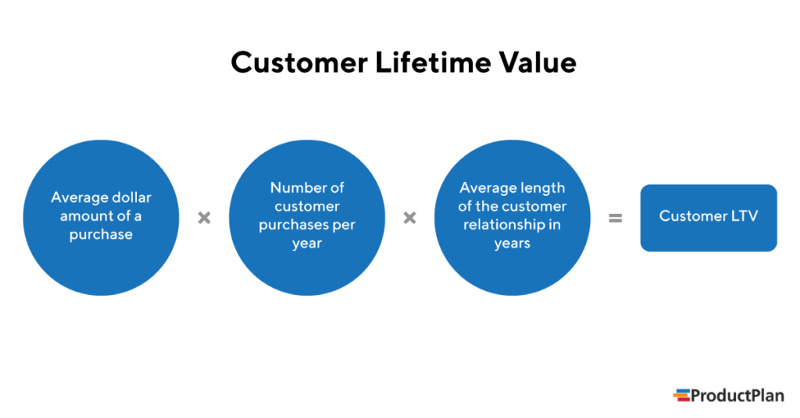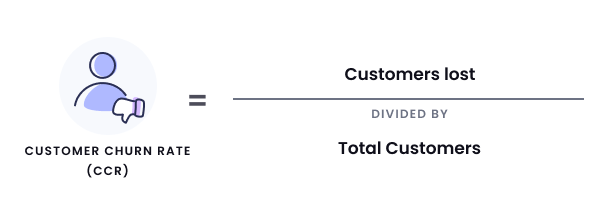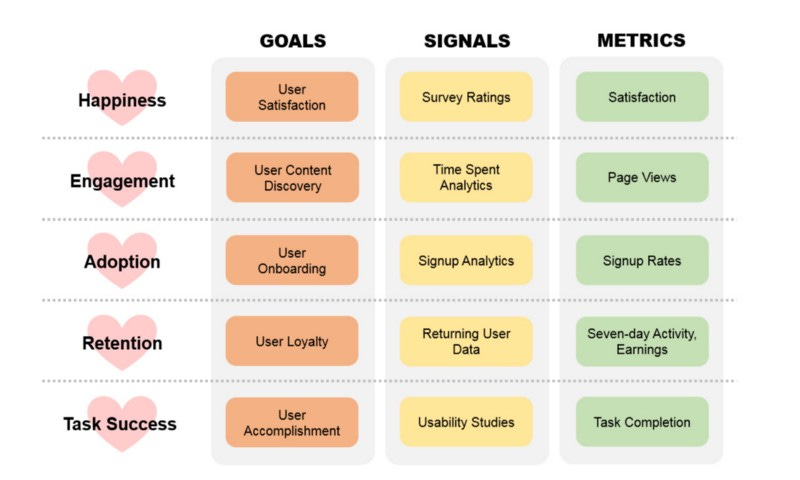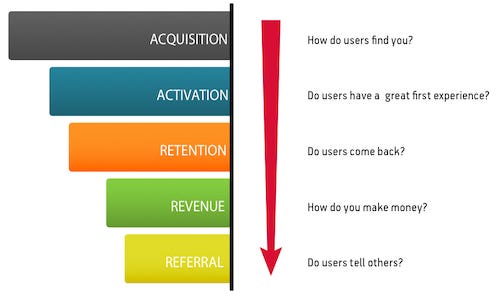Key product metrics for apps
It is increasingly common to hear people from different industries talk about metrics and how understanding them is important to doing a…
It is increasingly common to hear people from different industries talk about metrics and how understanding them is important to doing a better job. Of course, each area is based on different metrics, which depend on specific objectives. In the case of product metrics for applications, it is no different.
To understand the results that an application can deliver, it is necessary to know what the product metrics are and how to apply them. Such data can offer insights into the number of active people and time spent on the app, for example.
In this text you will better understand what they are and what are the main product metrics for applications.
What are product metrics for apps
Product metrics are a means of measurement to assess the performance of the product and verify that the strategy used is generating the expected results . This evaluation is based on different data, both quantitative and qualitative, and from them, it is possible to understand which functions within an application need improvements and updates and which are working as planned.
That is, metrics are essential for decision making . It is through these results that Product Managers assess the next steps in product development.
Vanity metrics and value metrics
Before knowing the main metrics for application, it is important to understand the difference between metrics of value and metrics of vanity. Understanding the difference between them can prevent wrong decisions. This will help when choosing the best Mobile App Analytics platform .
Vanity metrics
Vanity metrics are those pieces of information that may be good for the ego — hence the name — but are not useful for making decisions. That’s because they don’t bring real value to the product.
Therefore, a vanity metric for apps would be, for example, the number of downloads made. Of course, it’s interesting to know how many people are downloading your app, but that shouldn’t influence decisions. Also because there are other metrics also related to the use of the application that can be much more valuable for the product strategy .
Value metrics
The metrics of values for an application are those that are really important to measure the strategy used. These include the use of in-app functions, the number of uninstalls and in-app billing from paid functions.
This makes it easier for the team responsible for the product to understand what they need to do . Using the example given in vanity metrics, it is not a concern to have low downloads if user retention is high and paid features are used frequently.
It is also important to understand which audience your app is for. Research shows that most of the Brazilian population uses Android, however iOS users have a greater tendency to spend money within applications. Having this knowledge in conjunction with metrics analysis will help you have better strategies when launching a new product.
Key product metrics for apps
Moving now to the main product metrics for applications, it will be easier to understand what they are and when to use them. It’s worth noting that there are several product metrics and the ones listed here are just the ones that work best for measuring the quality and success of an app.
Customer Acquisition Cost (CAC)
Customer Acquisition Cost is one of the most important metrics to understand how much on average you need to invest to get new customers. With this, it is possible to create more assertive strategies to get new users with the available resources.
If your application invests in acquisition only with the organic effort from the ASO , then you need to consider the efforts and investments to apply the strategy. In the case of using ads, for example, the budget will be the main base.
Click through rate (CTR)
Click-through rate is important to understand the customer journey within the app and what actions they took. In addition to helping to get to know the user of your product, it is also important to understand if the interface is in line with what the responsible team planned.
In this way, it is possible to understand which strategies are working together with what was thought for UX/UI Design and UX Writing and if they are aligned with the expectations of those who consume.
Net promoter score (NPS)
It is interesting to use this product metric for apps as it measures customer satisfaction with your product. The evaluation is made from a grade of 0 to 10 according to the information you have about the user. Depending on which position on the ruler he is, it is possible to identify his level of satisfaction and loyalty to the company.
In the case of apps, you can consider the rating in the app stores to measure this NPS.
Customer lifetime value (LTV)
The Lifetime Value metric contributes to having a better view of the profit that the customer is generating for the company. This metric takes into account the investments made and you can analyze it in conjunction with the CAC metric.
This customer value is based on the financial value they deliver to the company according to the time they have been using your product, whether from in-app purchases or subscription services. Thus, together with the Customer Acquisition Cost analysis, it is possible to create strategies aimed at getting new customers to consume the products offered.
Churn Rate (CR)
The Churn Rate , or Cancellation Rate, also brings important insights for those who have an application as a product.
Every company aims to create a successful product, so a common goal is that CR results are always low. However, it is still necessary to use the Cancellation Rate as an analysis metric to avoid surprises and, if this rate is higher than expected, strategies can be created to reverse the results.
Frameworks for analyzing metrics
Now that you’ve seen the main product metrics for apps, it’s important to know the frameworks that can help you collect and analyze these metrics. Below you will see 2 frameworks for product metrics.
HEART framework
The HEART framework was developed by Google Venture and focuses on analyzing the user experience . With it, you can understand user satisfaction, engagement, retention and other metrics that contribute to understanding user behavior within your app.
From the information collected with this framework , it is possible to better understand the user’s journey . So you can apply improvements and increase the company’s NPS , while decreasing the churn rate percentage.
Pirate Metrics (AARRR)
By using the AARRR framework , you can analyze customer awareness level, as well as acquisition , activation , revenue , retention and referral metrics . In other words, it is a complete tool that can optimize data collection and contribute to decision making within the product strategies.



